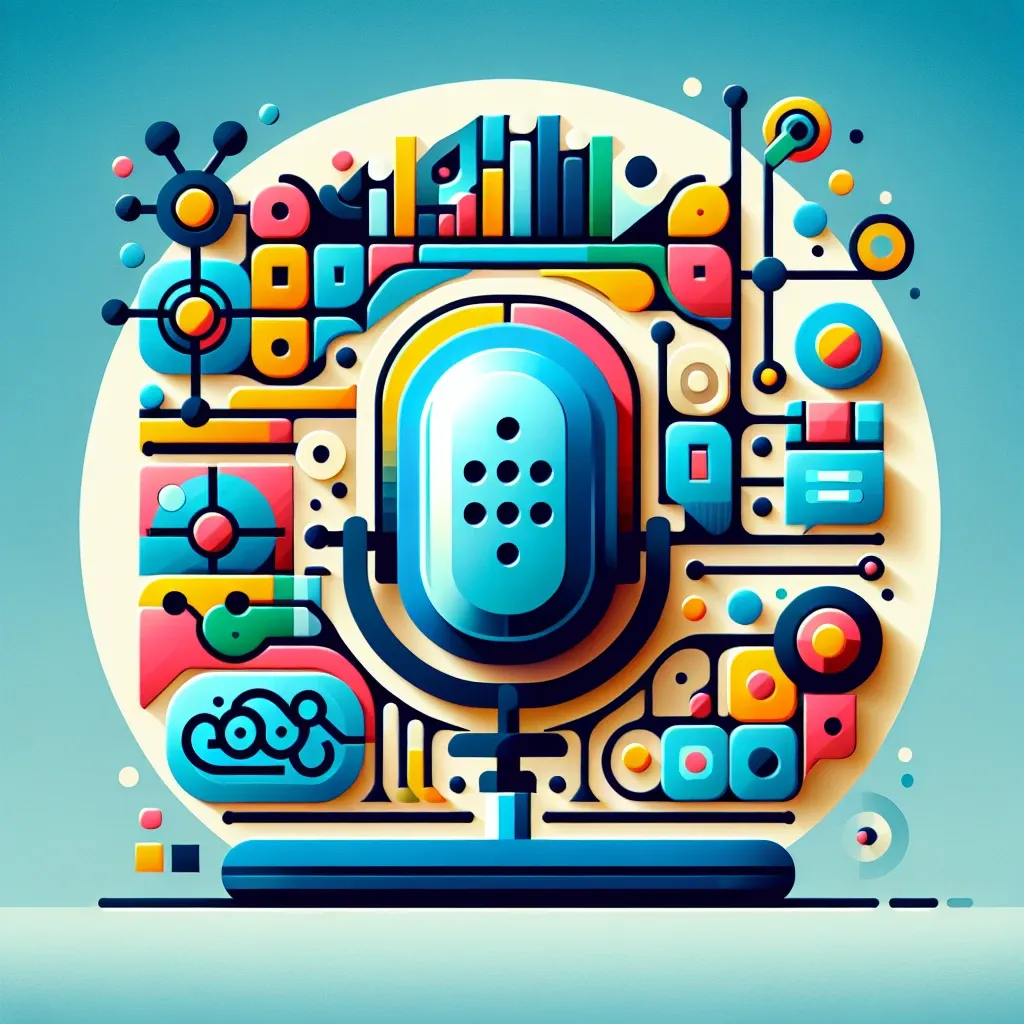Introduction
In today’s rapidly evolving technological landscape, artificial intelligence (AI) is becoming an integral part of our daily lives. One of the most notable examples of this integration is the AI assistant embedded within Windows 11 Settings. This article delves into how this innovative feature operates, its advantages, and its significance in enhancing user experience.
What is the AI Assistant in Windows 11 Settings?
The AI assistant in Windows 11 Settings serves as a smart tool designed to help users navigate through their operating system more efficiently. This assistant leverages machine learning algorithms and natural language processing to understand user queries, automate tasks, and provide personalized recommendations.
Key Features of the AI Assistant
- Voice Activation: Users can activate the AI assistant using voice commands, enabling hands-free operation.
- Contextual Understanding: The assistant analyzes the context of user inquiries, providing relevant responses tailored to the specific situation.
- Task Automation: Routine tasks can be automated, such as adjusting settings, launching applications, or managing system resources.
- Personalized Recommendations: The AI assistant learns from user behavior, offering suggestions that enhance productivity and streamline workflows.
How Does the AI Assistant Work?
The functioning of the AI assistant in Windows 11 Settings can be broken down into several key components:
1. Natural Language Processing (NLP)
NLP allows the AI assistant to understand and process human language. This technology enables users to communicate with the assistant in a conversational manner, making interactions intuitive and straightforward.
2. Machine Learning Algorithms
The AI assistant continuously learns from user interactions, adapting its responses and suggestions based on individual preferences and patterns. This ongoing learning process enhances the accuracy and relevance of the assistant’s performance.
3. Integration with System Settings
Seamless integration with Windows 11 Settings allows the AI assistant to access and modify system configurations. Users can request changes to display settings, privacy controls, and more, all through simple voice commands.
Step-by-Step Guide to Using the AI Assistant
To make the most out of the AI assistant in Windows 11 Settings, follow these steps:
Step 1: Activating the Assistant
To start using the AI assistant, ensure that it is enabled in the settings. You can do this by navigating to Settings > Privacy & Security > Voice Activation. Here, toggle the feature on.
Step 2: Initiating a Command
Once activated, you can call upon the assistant by saying the designated activation phrase (e.g., ‘Hey Windows’). Follow this by stating your request clearly.
Step 3: Following Up
After the assistant responds, you may need to give additional commands or clarifications. The more you interact with it, the better it understands your preferences.
Step 4: Customizing Settings
You can customize the assistant’s voice and responses by navigating to the Settings menu. In Settings > Accessibility > Speech, you can adjust various features according to your needs.
Pros and Cons of the AI Assistant
Pros
- Enhances user experience through intuitive interactions.
- Offers personalized suggestions that save time and effort.
- Automates routine tasks, increasing productivity.
- Continuously learns and adapts to user preferences.
Cons
- May misinterpret commands if not articulated clearly.
- Privacy concerns regarding data usage and storage.
- Limited functionality for complex tasks compared to traditional methods.
Historical Context of AI Assistants
The evolution of AI assistants can be traced back to early voice recognition systems and simple chatbots. Over the years, advancements in computing power, machine learning, and data analytics have transformed these rudimentary systems into sophisticated AI-driven assistants that can understand context, emotions, and nuances in human language.
Future Predictions for AI Assistants in Operating Systems
As technology continues to advance, we can expect AI assistants to become even more integrated within operating systems. Future developments may include:
- Enhanced emotional intelligence, allowing the assistant to respond to user moods.
- Greater customization options, enabling users to tailor their assistant experience.
- Integration with smart home devices, creating a cohesive ecosystem.
Real Examples of Usage
Consider a user who frequently adjusts their display settings for different tasks. Instead of navigating through multiple menus, they can simply ask the AI assistant, “Change my display to night mode,” and the assistant will execute this command instantly. This streamlined interaction exemplifies how the AI assistant can simplify everyday tasks.
Conclusion
The AI assistant integrated into Windows 11 Settings represents a significant leap in user interaction with technology. By utilizing natural language processing and machine learning, it offers a more intuitive and efficient way to manage system settings. As AI technology continues to evolve, the potential for these assistants to enhance user experience is boundless. Whether you are a tech enthusiast or a casual user, embracing this technology can lead to a more productive and enjoyable computing experience.

